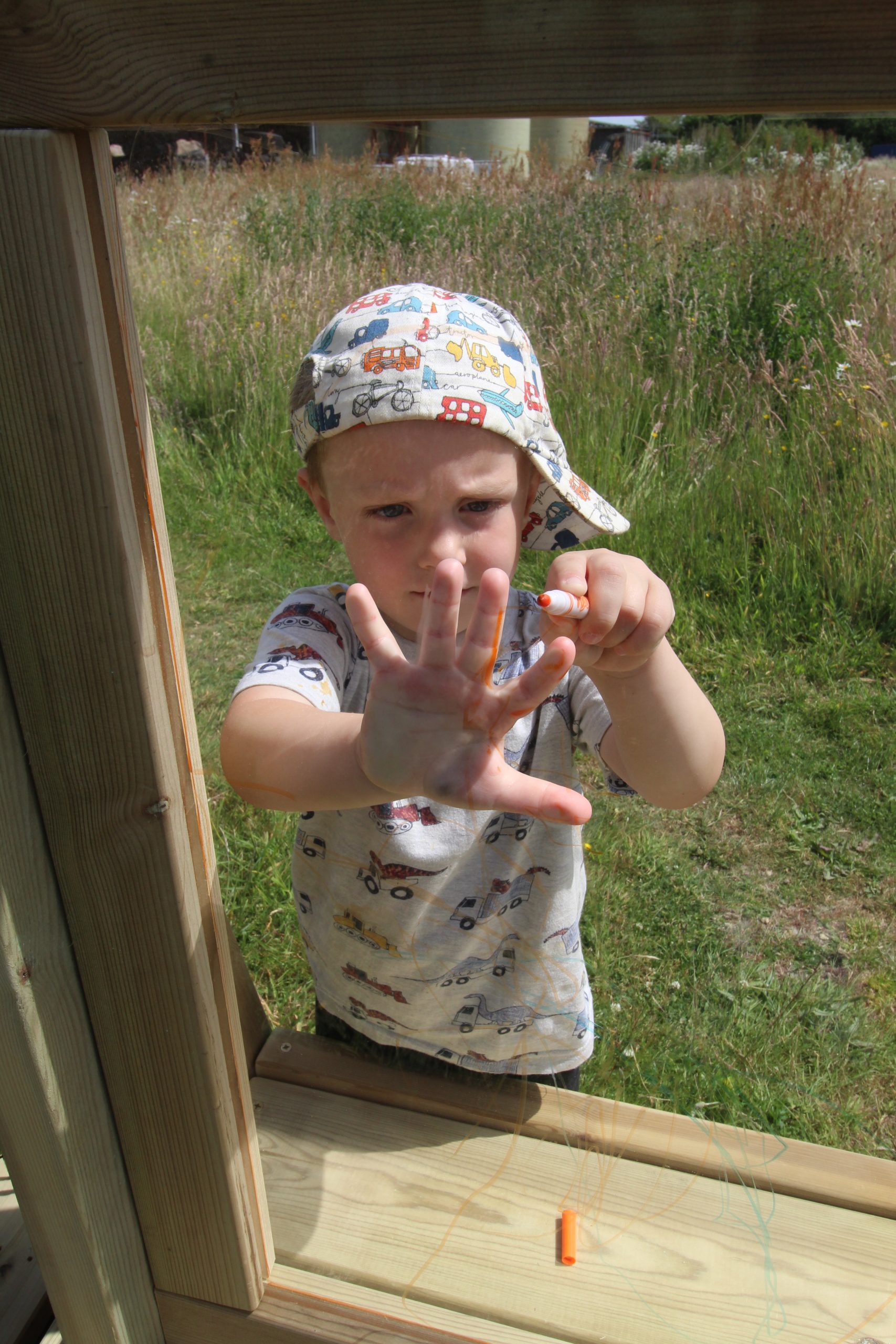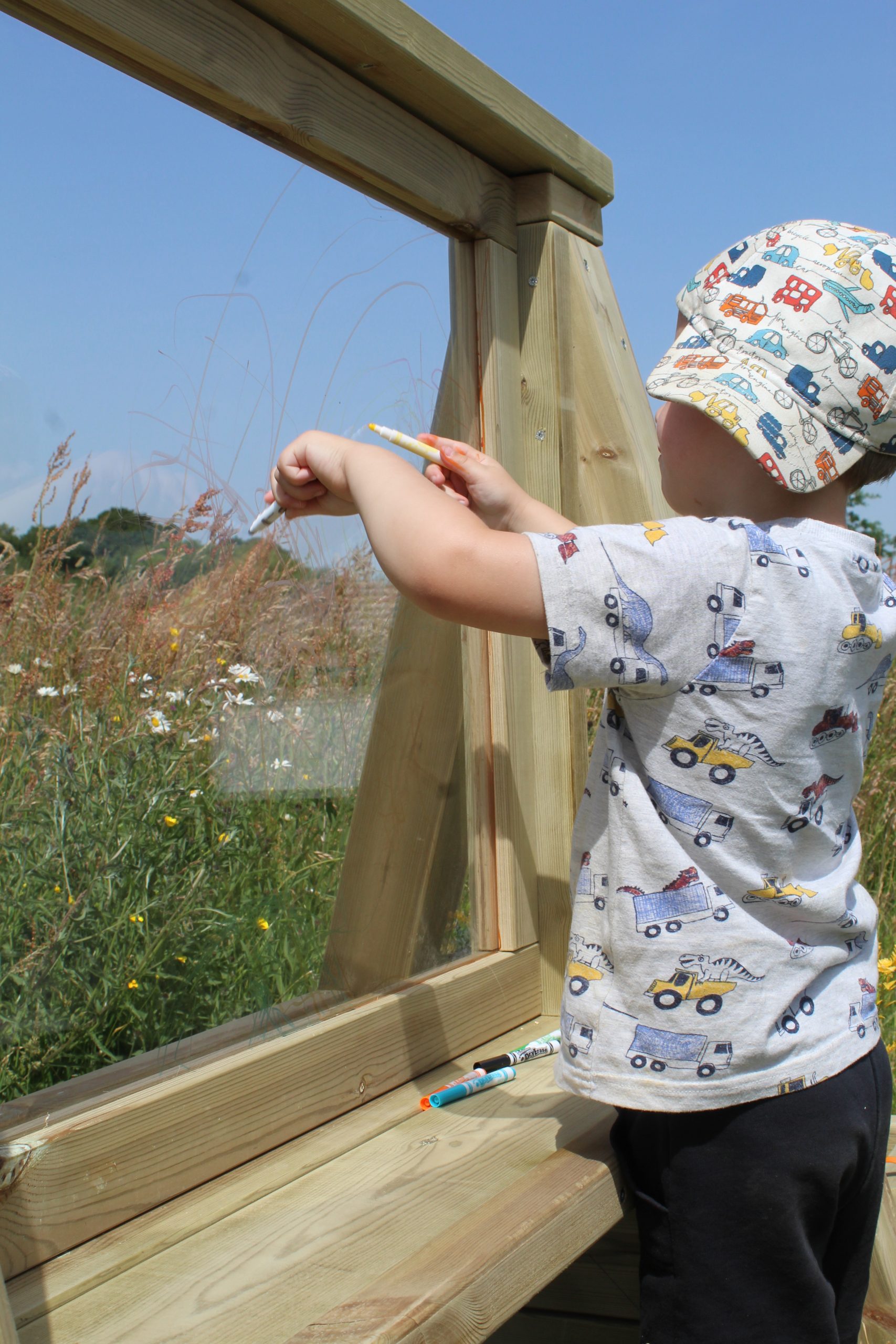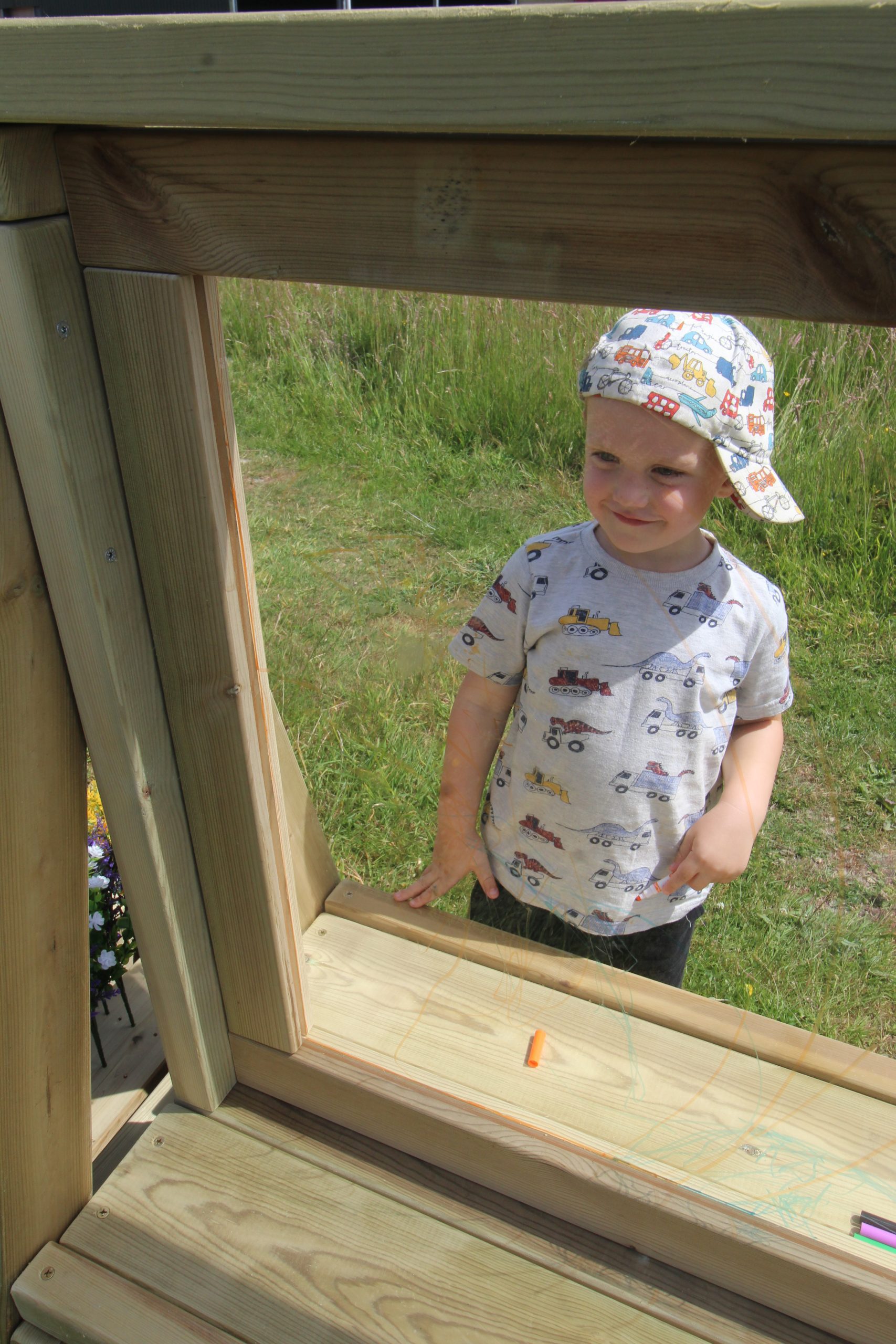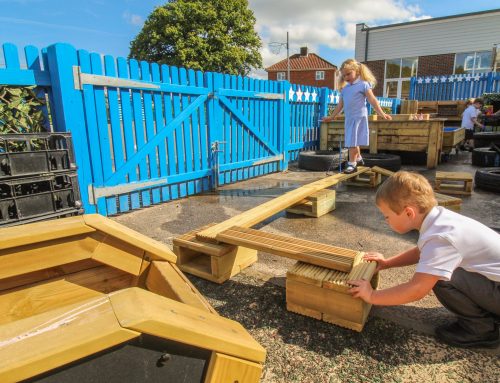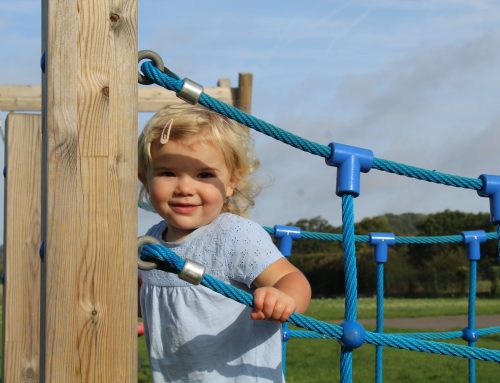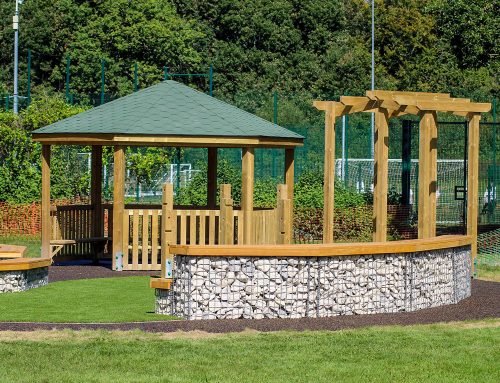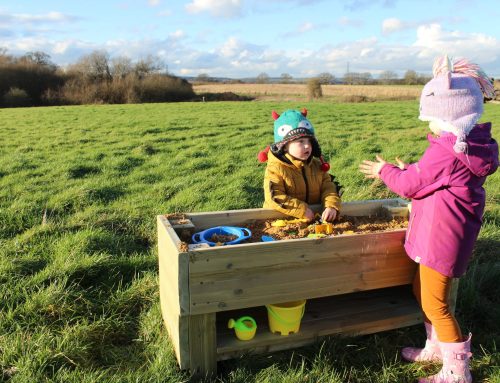The great outdoors is not just a playground for physical activity; it’s also a vast canvas waiting to be explored by young artists. Mark making, the early stage of writing and drawing, is a crucial developmental step for children. In this blog, we’ll discover the wonders of encouraging children to mark make outdoors through play, unlocking their creativity and connecting them with the natural world.
The Importance of Outdoor Mark Making:
- Fine Motor Skills Development: Outdoor mark making involves activities such as drawing with chalk on sidewalks, painting with water on walls, or using natural materials for creative expression. These activities engage fine motor skills, helping children refine their hand-eye coordination and dexterity.
- Sensory Exploration: Nature provides a sensory-rich environment that enhances the mark making experience. The textures of leaves, the smoothness of stones, or the patterns in tree bark offer a diverse sensory palette for children to explore while expressing themselves through art.
- Cognitive Development: Mark making is an early form of symbolic representation, and the outdoor environment presents countless opportunities for children to translate their thoughts and experiences into visual expressions. This process stimulates cognitive development and encourages imaginative thinking.
- Connection with Nature: Encouraging mark making outdoors fosters a deeper connection with the natural world. Children can use elements from nature – leaves, flowers, sand – as tools for creating art, fostering an appreciation for the environment and its beauty.
- Emotional Expression: Outdoor mark making provides a non-verbal outlet for children to express their emotions, thoughts, and stories. It becomes a form of self-expression where they can communicate and process feelings in a creative and constructive way.
Practical Ways to Encourage Outdoor Mark Making Play:
- Chalk Art on Pavements: Provide coloured chalk and let children unleash their creativity on pavements or other outdoor surfaces. This versatile medium allows for large, vibrant designs and easy erasing for continuous exploration.
- Nature Brushes: Create brushes from natural materials like leaves, twigs, or feathers. Dip these nature brushes into water or washable paint, and let children experiment with different textures and patterns on paper or outdoor surfaces.
- Rock Painting: Collect smooth rocks and let children paint them with vibrant colours. They can create rock characters, tell stories, or use the rocks as markers to indicate different areas in an outdoor play space.
- Outdoor Easels: Set up easels in outdoor spaces with clipboards, paper, and a variety of drawing materials. This designated space encourages focused mark making and allows children to showcase their artistic creations.
- Natural Stamps: Explore the textures of nature by using leaves, flowers, or pinecones as stamps. Dip these natural stamps in paint and press them onto paper, creating intricate patterns and designs.
Outdoor mark making play is more than a creative outlet; it’s a holistic learning experience that engages children physically, cognitively, and emotionally. By integrating mark making into outdoor play, we empower children to connect with nature, express themselves creatively, and lay the foundation for future academic and artistic endeavours. Let’s encourage our young explorers to turn the outdoor world into their canvas, fostering a lifelong love for both nature and the joy of self-expression.

